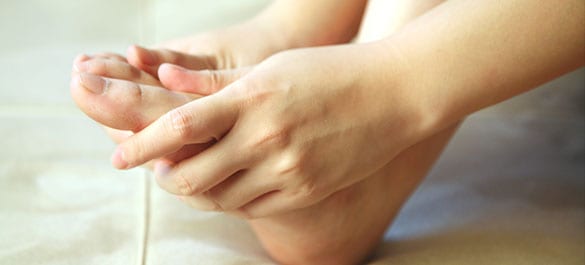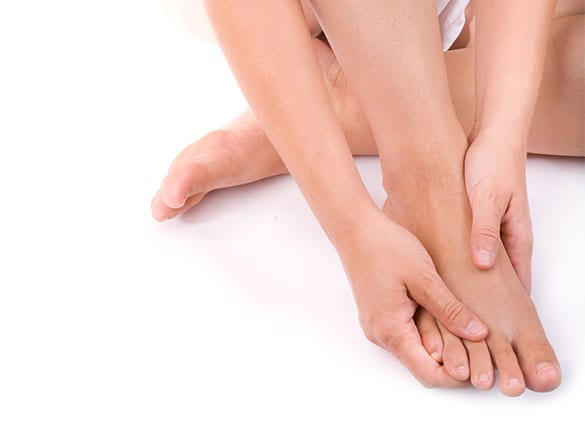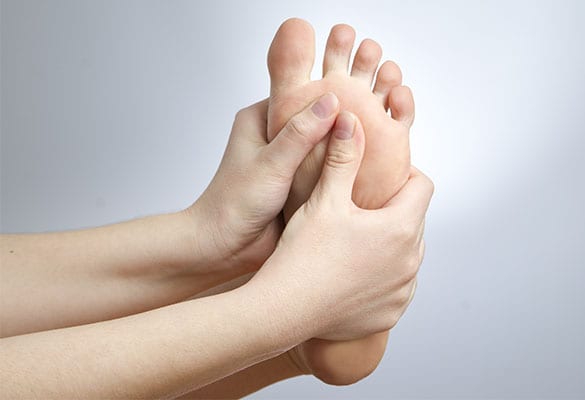
LA Orthopedic Group can help to alleviate symptoms from Morton’s Neuroma.
A Morton’s neuroma is a thickening of the tissue surrounding one of the digital nerves in the foot, usually between the third and fourth toe.
- Often the result of irritation or excessive pressure to the ball of the foot
- Far more prevalent in women than in men
CONTACT US TODAY
Causes of Morton’s Neuromas
Morton’s neuromas typically occur when the toes are repeatedly squeezed together for an extended period of time, which causes the nerve to swell and thicken. Common culprits are shoes with high heels or pointed toes that place extra pressure on the ball of the foot or squeeze the toes together. Morton’s neuromas may also be caused by jogging and other athletic activities that subject the feet to repeated trauma. Individuals with foot deformities, such as flat feet, high arches, or bunions, have an increased risk of developing Morton’s neuromas.
Symptoms of Morton’s Neuromas
Morton’s neuromas do not typically have any outward signs. Patients typically complain of a burning sensation, numbness, or tingling in the ball of the foot that radiates to the toes. Patients often compare the feeling to a having a pebble or marble in their shoe. The pain is typically worse when wearing shoes or after activity.


Diagnosing Morton’s Neuromas
A physical exam will typically reveal a palpable mass or tender area on the ball of the foot. There may also be a “clicking” sensation between the bones of the foot. Imaging tests, such as X-rays and ultrasounds, may be used to rule out stress fractures and other causes of foot pain.
Treatment of Morton’s Neuromas
Simple, self-help remedies are often enough to alleviate the symptoms of Morton’s neuromas. Wearing low-heeled shoes with soft soles and a wide toe box will help relieve pressure on the nerve. Orthotics can help lift and separate the bones of the foot to reduce pressure. Cold therapy and anti-inflammatory medications, such as ibuprofen and naproxen, can help reduce inflammation. It is important to refrain from activities that place pressure on the foot and to rest the feet as much as possible to allow the inflammation to subside.
In rare cases where self-help remedies do not provide relief, the doctor may recommend steroid injections or surgery. One surgical technique involves cutting the ligament or other nearby structures to reduce the pressure on the nerve. Another method involves removing a portion of the affected nerve.




